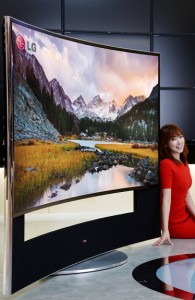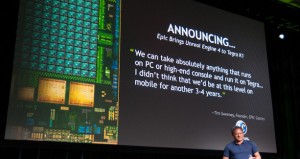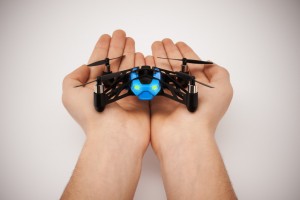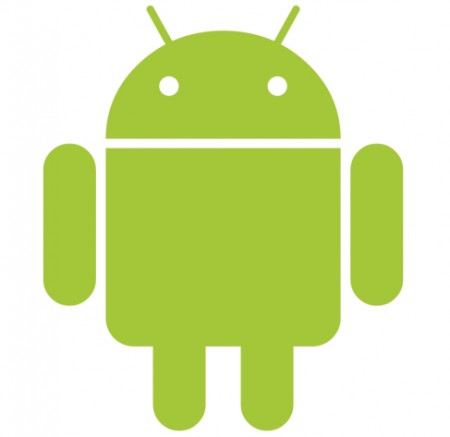About a month has passed since the year’s biggest event in consumer electronics opened its doors. Many new products and alliances were announced, and with 150,000 visitors and over 3200 exhibitors, the show is big. There was actually a lot more going on than we covered in our previous show report. Now that things have settled down a bit, let’s take another a look at the important announcements and trends at CES.
Android coming to your car
Right before CES opened, Audi, GM, Google, Honda, Hyundai, and NVIDIA (notice the politically correct alphabetical ordering) announced they have joined together to form the Open Automotive Alliance, with the goal of bringing Android to the automobile. Android follows an alphabetical naming scheme. Will an Android Lincoln or Android Lamborghini follow the current Android Kitkat (K)? Bringing a successful mobile OS like Android to the car is a much-needed step. Aside from lots of activity on camera-based automotive safety, innovation inside the automotive dashboard has been slow, especially compared to the smartphone industry. According to the new alliance, you can expect to see the first cars with Android integration by the end of this year. With nearly 80 percent market share in smartphones, Android is bound to play a key role in automotive. We’re ready. Our unified video/vision processor and accompanying optimized software integrate easily with Android.
TV alive and kicking again

All of this improvement must be very expensive, right? Vizio proved otherwise and introduced the first sub-$1000 4K TV.
The takeaway: picture quality is back, and 4K is a key enabler. Our high-performance unified video/vision processor architecture is right there with it, scaling to address the requirements of high-resolution video processing.
Kinect’s offspring: Depth sensors and gesture interfaces
About a month before CES, Apple set the stage and acquired original Xbox Kinect maker Primesense, for a rumored $350M. Gesture interfacing has been a great success for gaming, and the next step is to take the technology to mobile phones, tablets, PCs, and other consumer electronics. CES saw many new demos and announcements. Toshiba introduced a camera module that is able to simultaneously output recorded images and depth data. PMD showed its pico XS, at 4×15.5×39.5mm a very small time-of-flight depth camera. Using their unique sensor, Tobii and Steel Series showed off eye-tracking technology as a way to control games using your eyes. Intel’s big announcement at the show was its RealSense 3D camera, targeted at gesture-based interaction on the PC. Gestigon showed its unique skeleton tracking and gesture control. Crunchfish presented its touchless software in the OmniVision suite. Instead of relying on a depth sensor, the Crunchfish technology detects and tracks objects using only the embedded camera in a mobile device. Gesture interfaces and new depth sensors are disruptive technologies that enable new user experiences. Where do we fit in? The videantis v-MP4000HDX architecture enables power-efficient and fast algorithms for natural user interfaces. Speed is key to warrant a great user experience, and low-power operation is crucial to avoid draining the battery with these always-on camera-based interfaces.
New gaming platforms

Consumer drones

HEVC patent pool terms announced

Wrap-up
The key thing that these automotive safety systems for cars, gaming platforms, flying toys, TVs, and gesture interfaces all have in common is that they’re enabled by cameras and video processing. That’s the reason the image sensor industry is currently outpacing the semiconductor industry. Needless to say, the trend excites us at videantis. We’ve been building and optimizing our efficient video processing systems for over a decade. Next up is the Mobile World Congress, the other big event of the year, where we’ll see lots of new product announcements centered around the mobile phone. Please schedule a meeting with us to see our latest demonstrations and discuss your video processing requirements.


